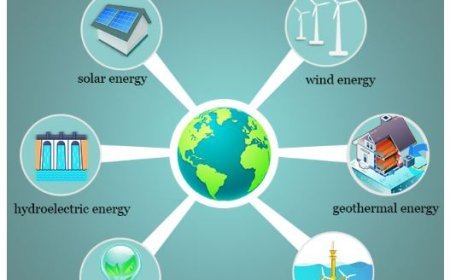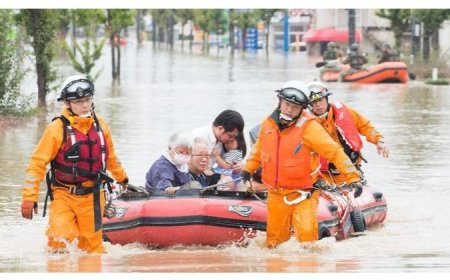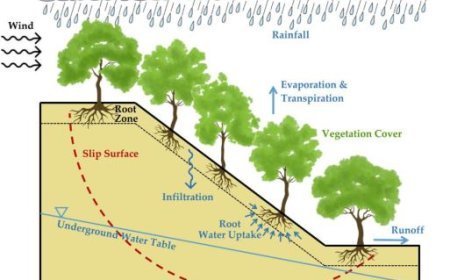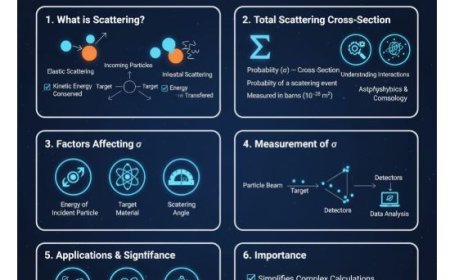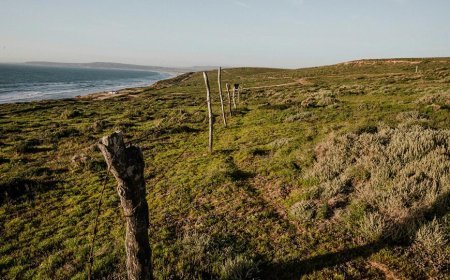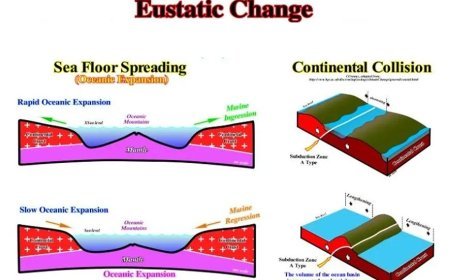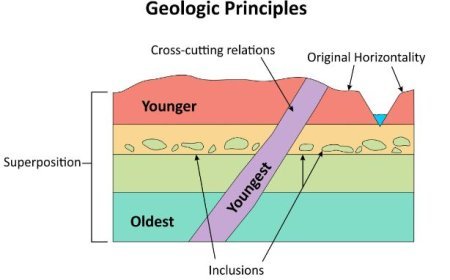TERTIARY OF ASSAM
Delve into the Tertiary era in Assam and discover the geological significance of this region. Learn about the importance of Tertiary rocks in understanding India's geological history.
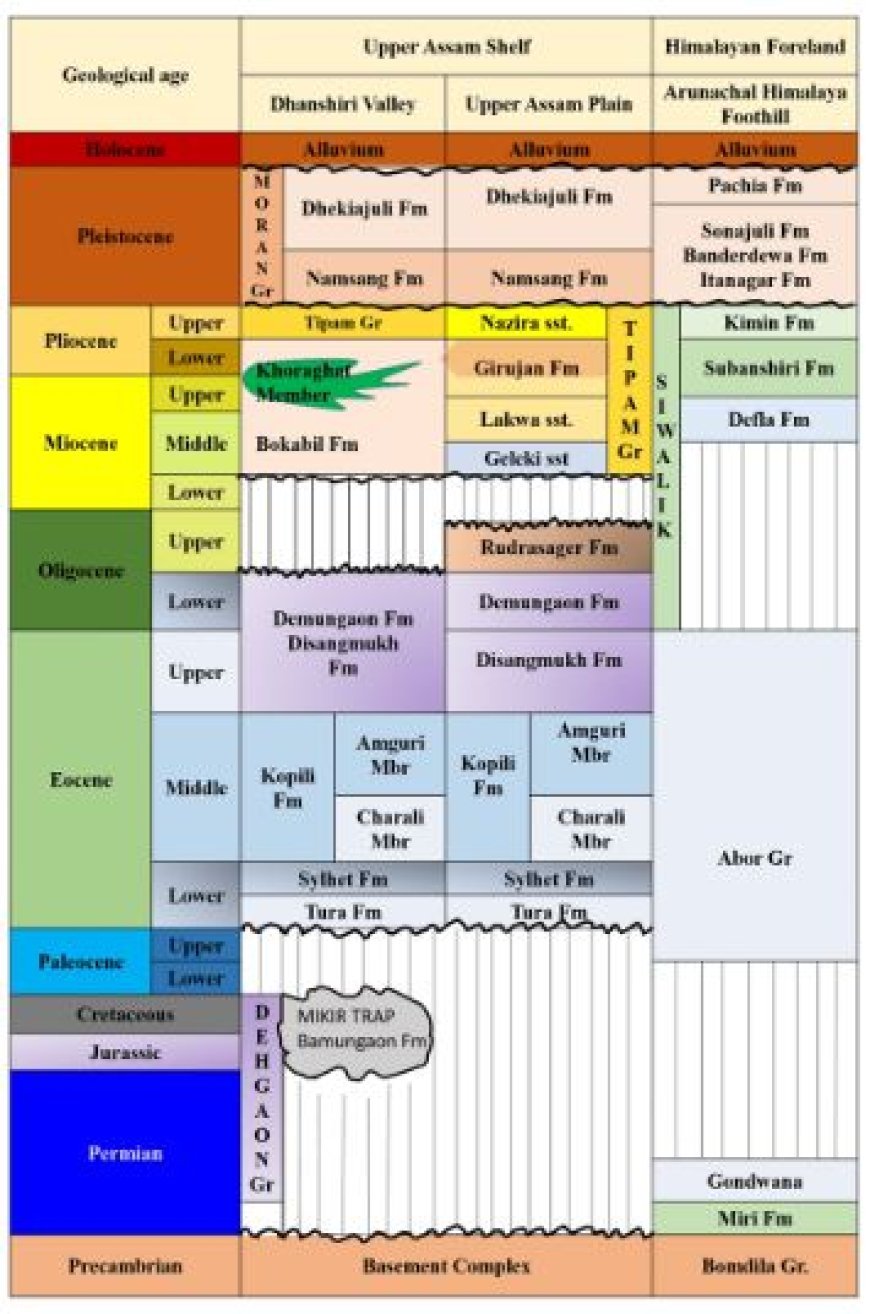
Tertiary geology of Assam
- Assam, a northeastern Indian state, is well-known for its beautiful green tea plantations, unusual fauna, and colourful culture, as well as its distinctive geological characteristics.
- The state has a broad spectrum of tertiary geological formations that have helped shape its landscape and natural resources.
- The Tertiary period, which lasted from 65 million to 1.8 million years ago, was a significant time in Earth's history, defined by widespread tectonic activity, volcanism, and climatic change.
- Assam, located in the Eastern Himalayas' active tectonic zone, has been heavily impacted by tertiary events, resulting in the production of a variety of geological features such as sedimentary basins, fold mountains, and volcanic formations.
- The Assam Basin, a huge sedimentary basin spanning roughly 50,000 square kilometres, is one of Assam's most conspicuous tertiary geological features.
- The basin is filled with sedimentary rocks from the Tertiary Period, such as shales, sandstones, and limestones.
- These rocks are a major source of hydrocarbons, and the basin contains some of India's greatest oil and gas reserves, such as Digboi and Naharkatiya.
- Fold mountains, generated by the collision of the Indian and Eurasian tectonic plates, are another feature of Assam's tertiary geology.
- The Mikir Hills, a component of the Purvanchal Range, are an example of fold mountains.
- These hills are made up of tertiary sedimentary rocks that have been bent and shoved upward, resulting in a picturesque environment of steep hills, deep valleys, and swiftly moving rivers.
- Assam is also home to various volcanic formations, indicating a tertiary geological history.
- One example is the now-extinct Dieng Volcanic Complex in Karbi Anglong district.
- The complex is made up of many tertiary volcanic rocks, such as basalt, andesites, and rhyolites. These rocks give vital insights into the region's volcanic history and serve as a treasure trove for geologists and earth scientists.
- The last few million years of Assam's geology have also affected the state's natural riches and environmental control.
- The Assam Basin's sedimentary strata include not only hydrocarbons but also coal, limestone, and other minerals.
- However, these resources must be extracted in a sustainable manner, taking into account the environmental and social implications.
- Furthermore, tertiary geological structures such as fold mountains and volcanic formations have had an impact on the state's temperature, hydrology, and wildlife.
- For example, the Mikir Hills and other fold mountains operate as a barrier to monsoon winds, resulting in a distinct microclimate in the area.
- Similarly, volcanic structures have increased soil richness, allowing for the establishment of luxuriant vegetation as well as varied flora and animals.
What's Your Reaction?









